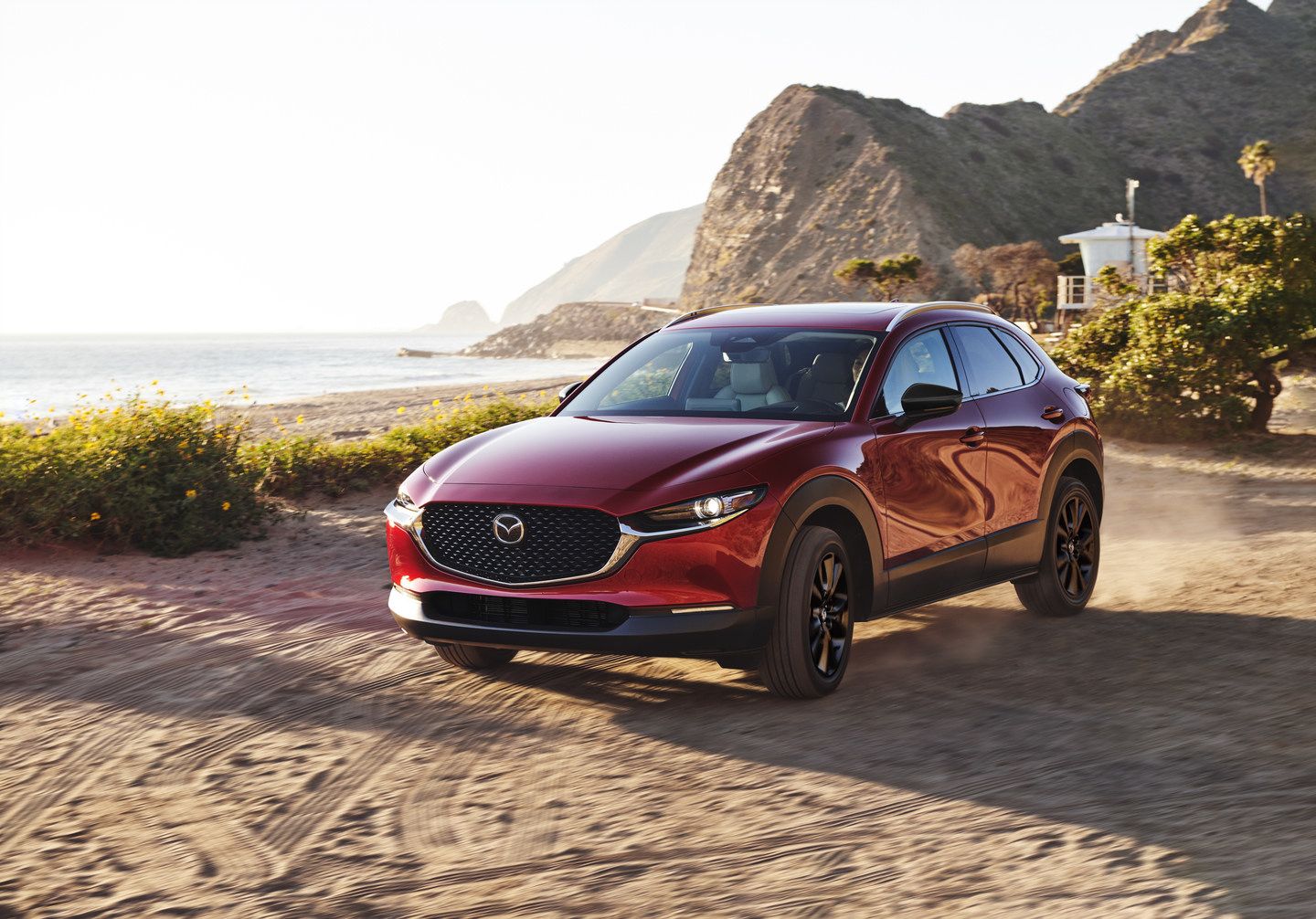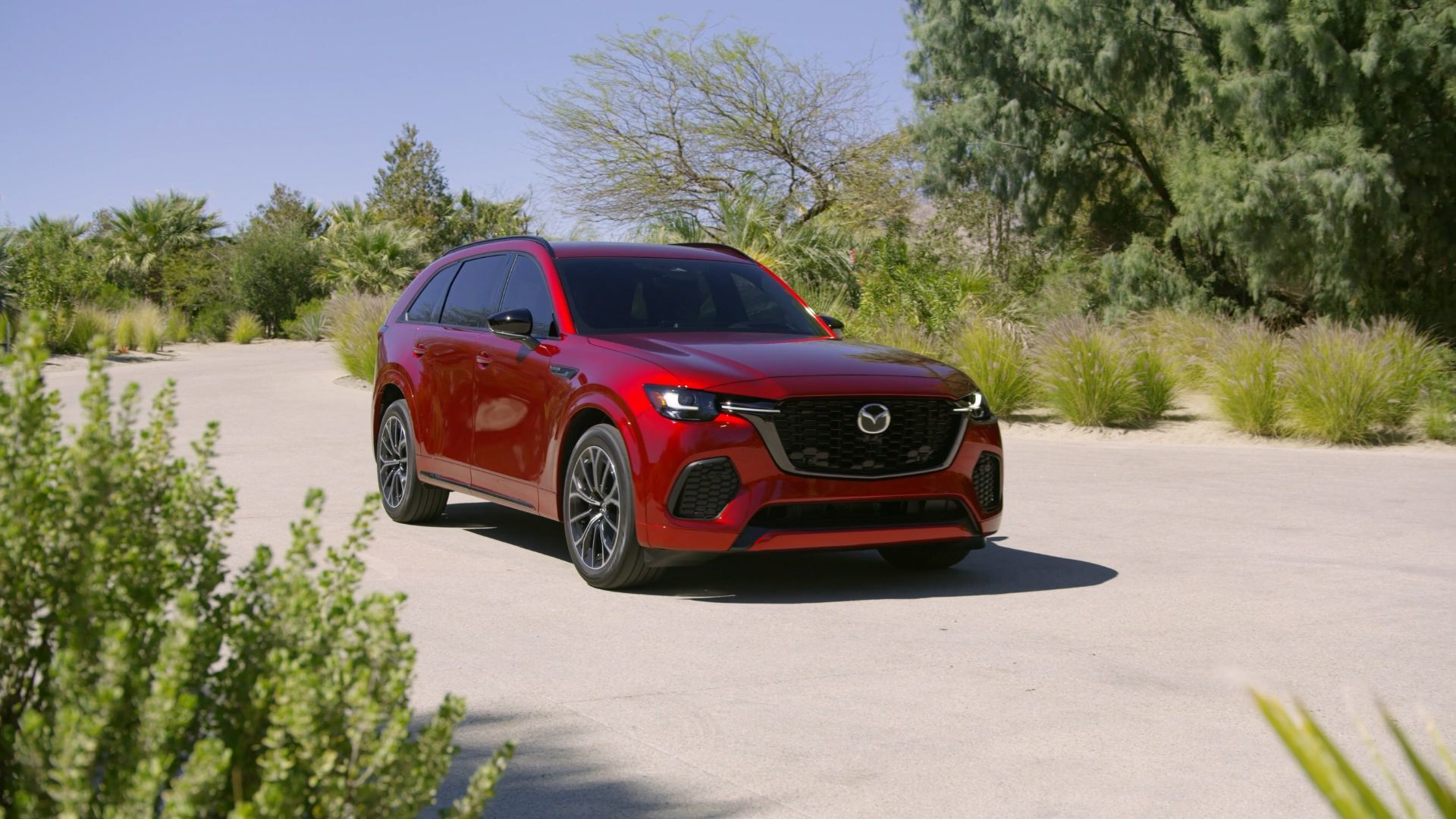Understanding the tax advantages of trading in your vehicle
July 31 2020,

You may have heard that there are tax advantages to trading in your vehicle, but you are not sure how that works exactly. Let’s give you a quick overview with an example.
Let’s say that you sell your vehicle for $20,000, but the dealership gives you $17,000. You decide to apply the $20,000 to the price of your next vehicle that cost $30,000. The $30,000 plus tax equals roughly $34,500. Your $20,000 will be reduced from the $34,500 to give you a net cost of $14,500 including taxes and dealership fees.
The trade-in is actually applied before taxes. That means that we take $30,000 and reduce $17,000 which equals $13,000. The tax is then added to the $13,000 which equals $14,950. In the end, selling the vehicle yourself nets you only $450. If we give you $17,500 for your trade-in, then you come out on top.
This is just an estimation of course, but you can see how this could be beneficial to you.
Regardless, there are often costs associated with selling a vehicle and these costs can add up. Things like taking an ad online or repairing the vehicle before selling it can quickly hurt your profit margin. Sometimes, it’s easier to simply give the keys and enjoy your next vehicle with complete peace of mind.






